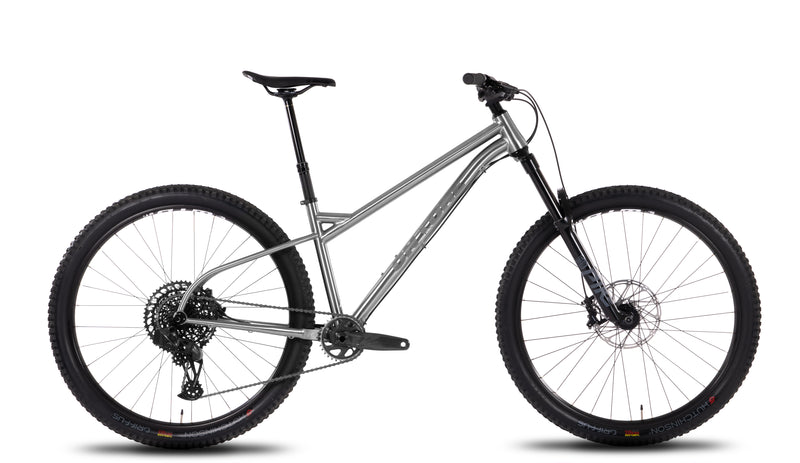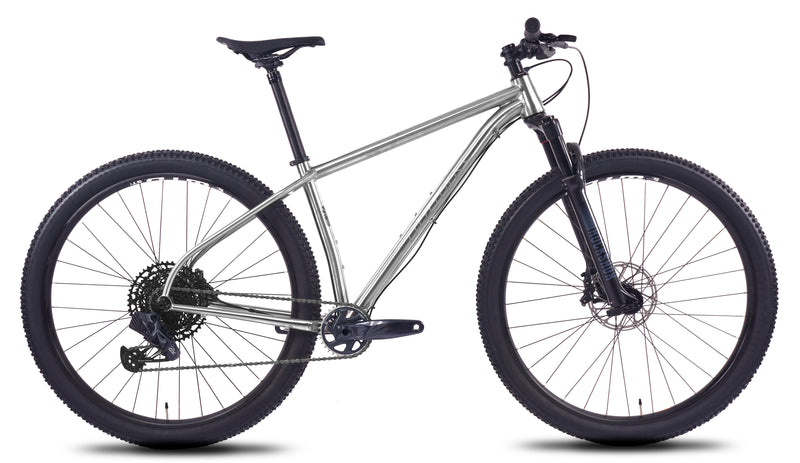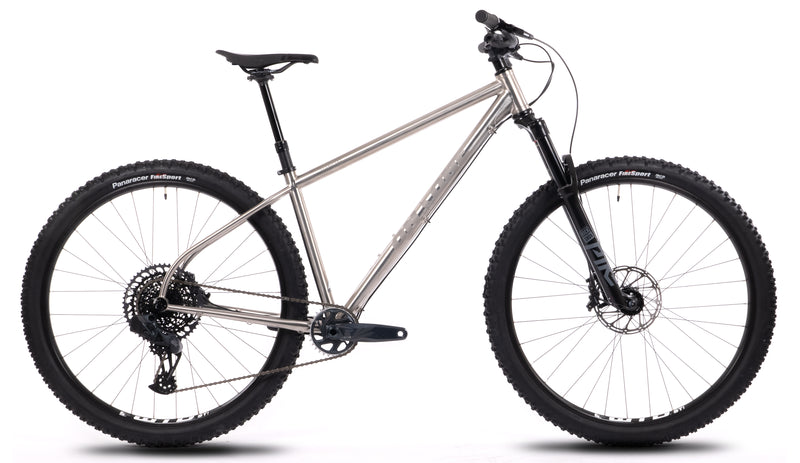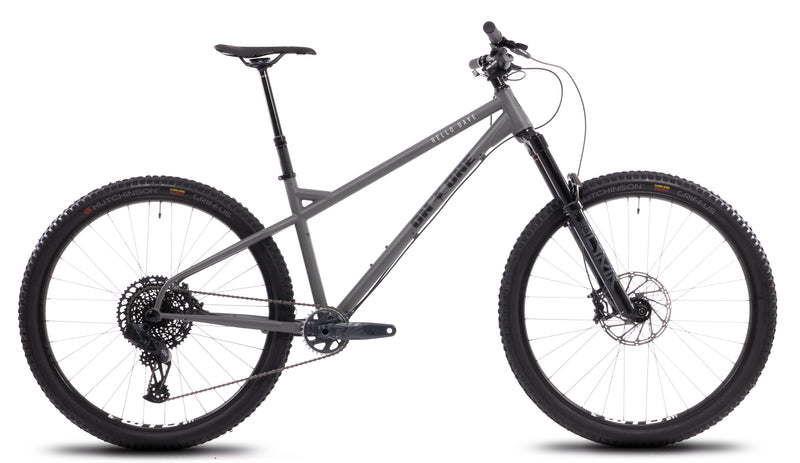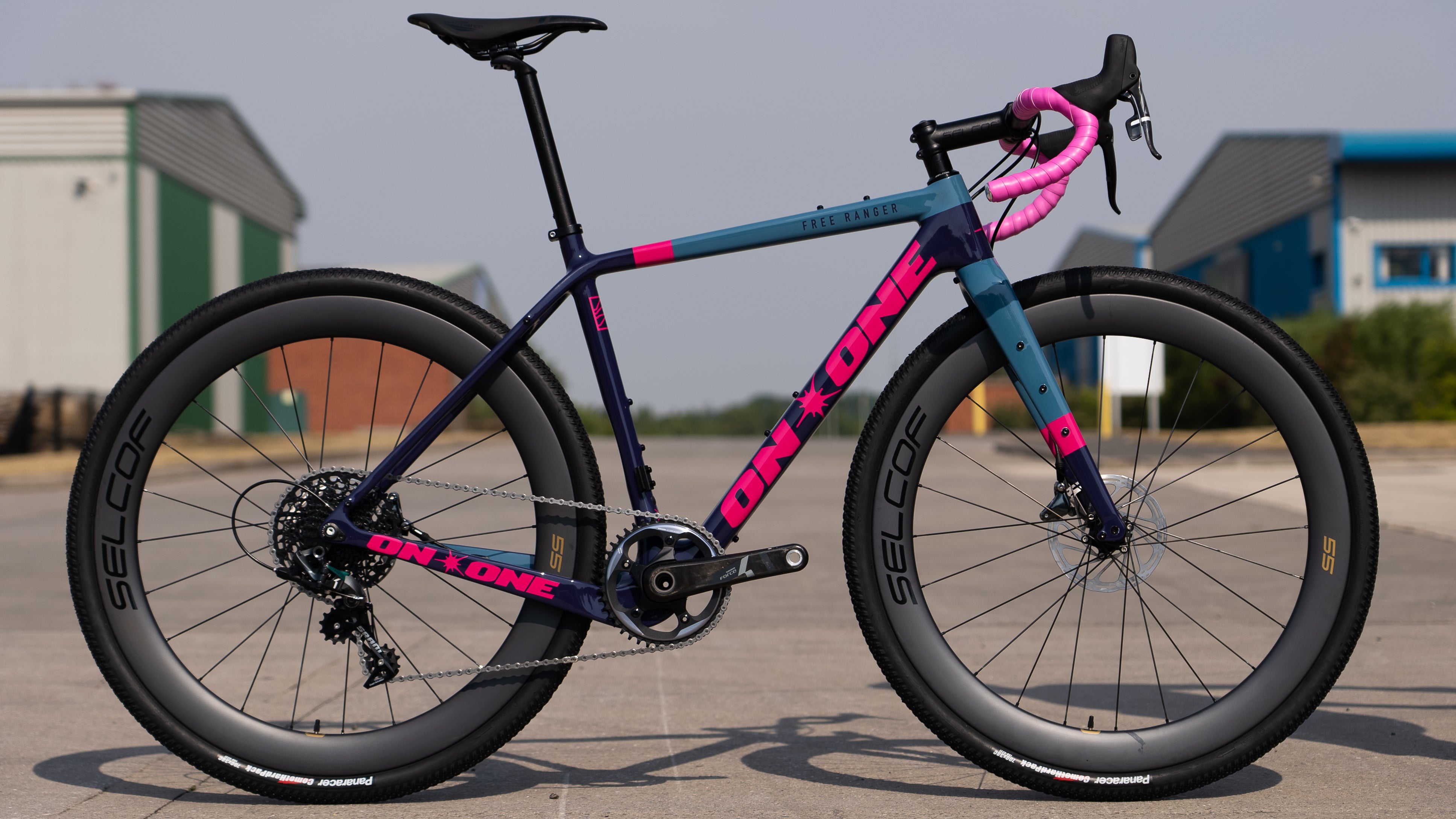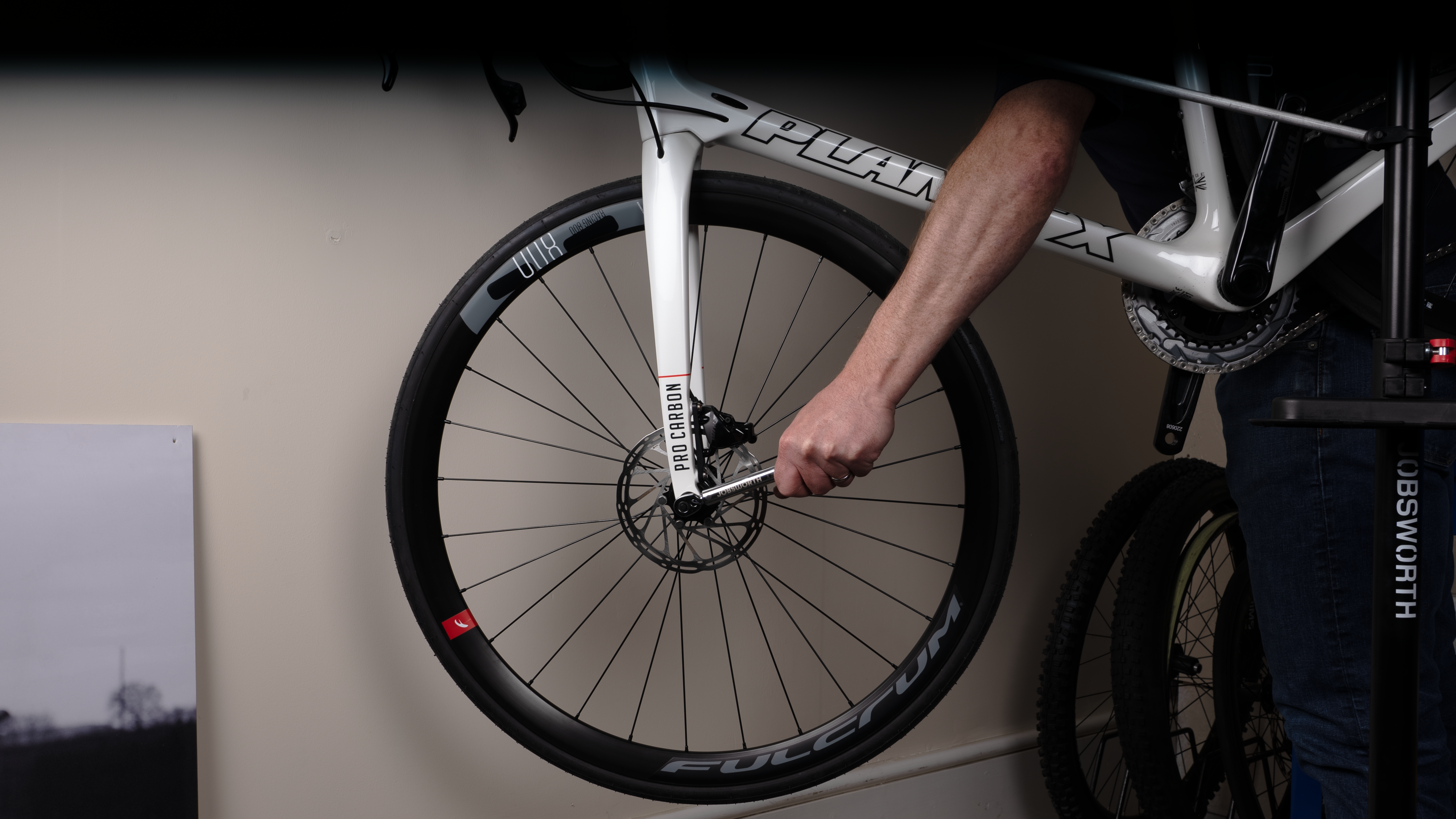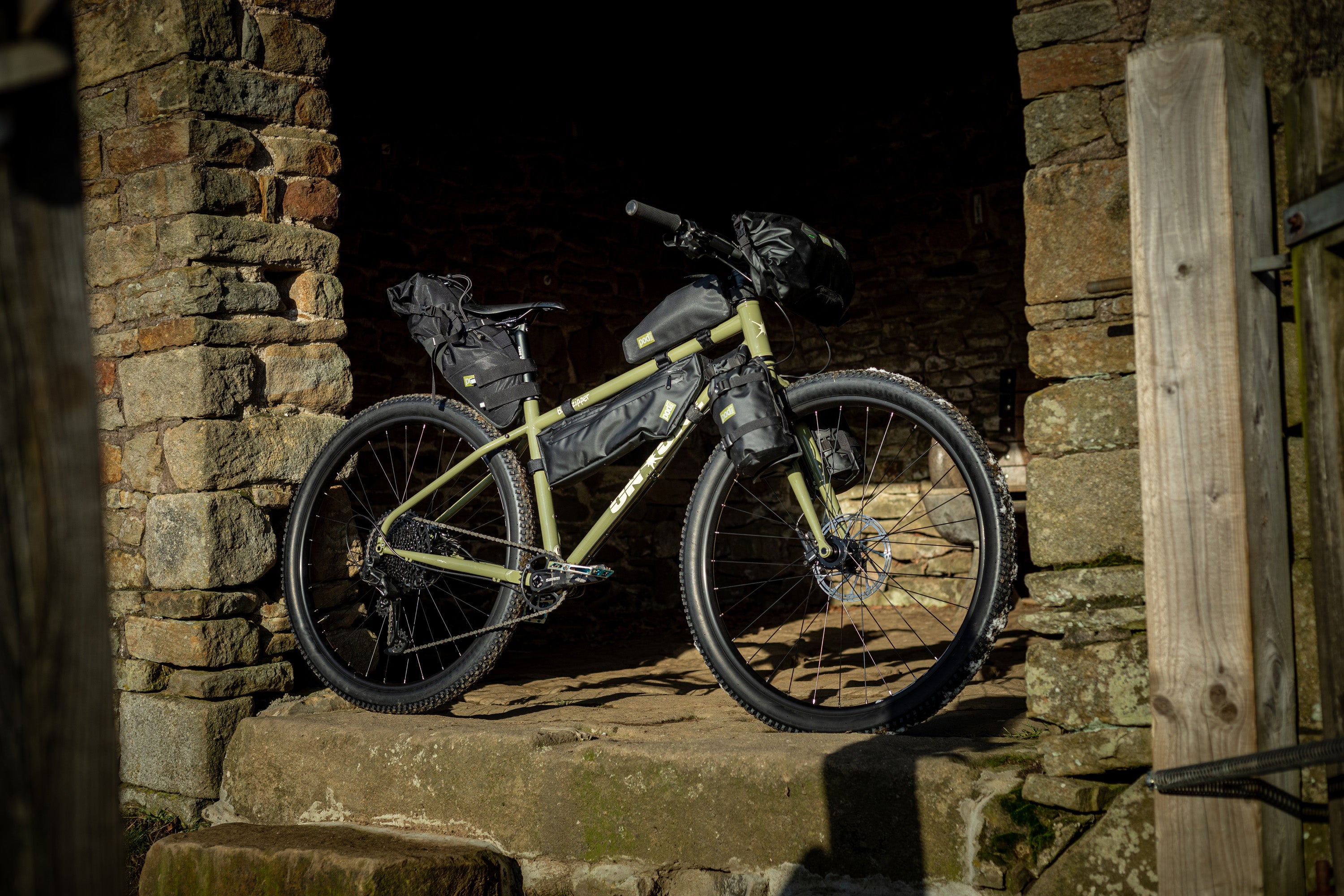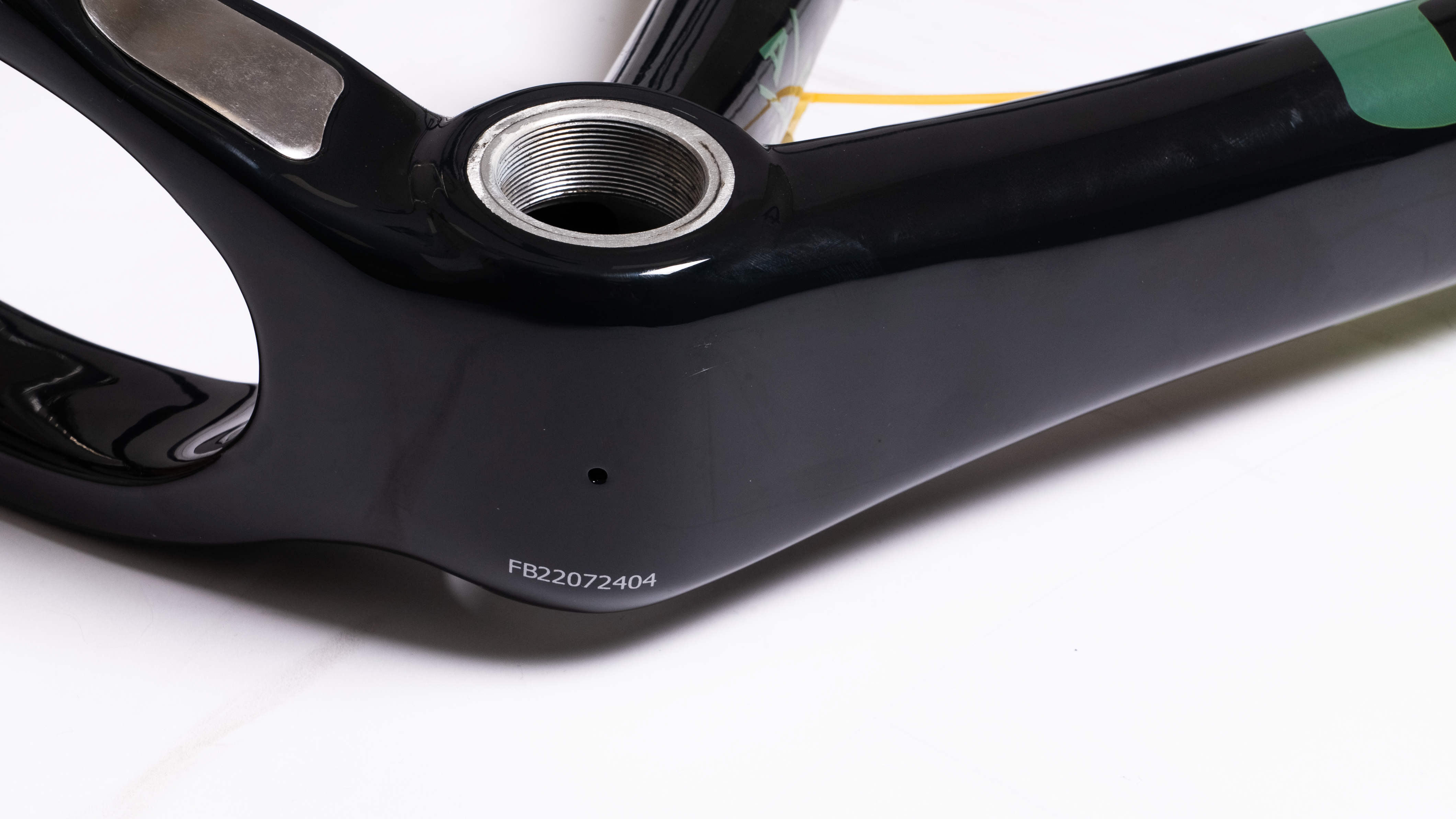Do you need suspension on a bike?
20 March 2023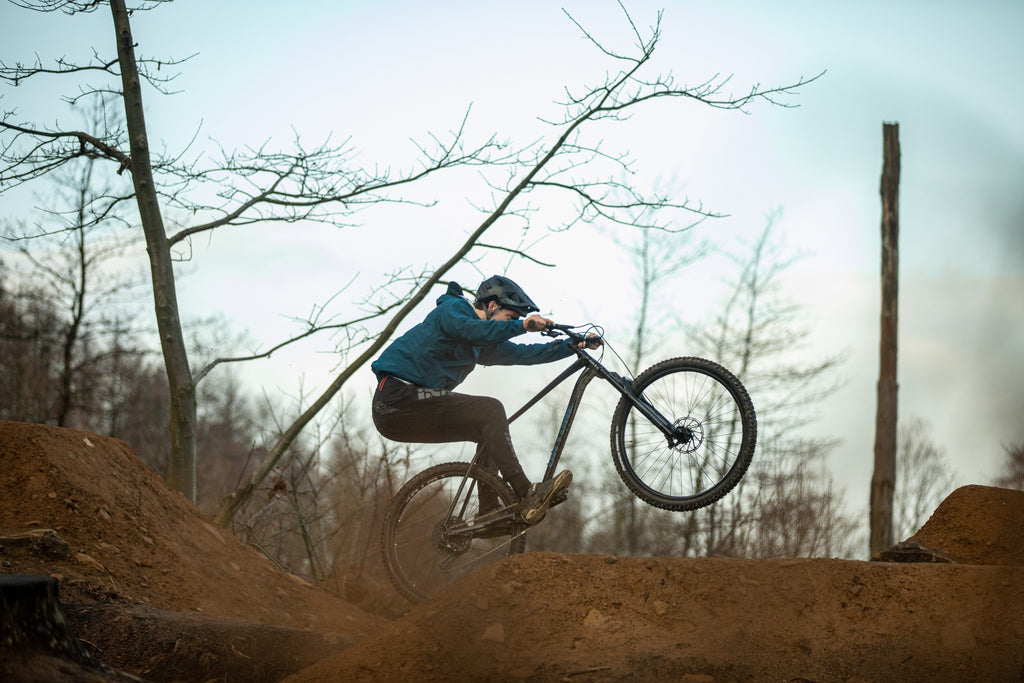

Suspension can certainly make your ride more comfortable. It can also improve traction by helping to keep your wheels in contact with the ground. But do you actually need this feature on a bike? The short answer to this question is no, not all bikes need suspension. Whether or not you should have front and/or rear suspension on your bike depends on the type of riding you do.
If you spend most of your time in the saddle on paved roads, you might prefer a model with no suspension. On the other hand, if you’re tackling difficult terrain, like bumpy off-road trails, then suspension is almost certainly a must.
Bear in mind that different types of suspension are suited to different terrains. For example, you can get hardtail setups (front suspension only) that are designed for relatively smooth trails. There are also hardcore hardtail mountain bikes that are engineered to cope with some of the most demanding rides. Featuring high-performance suspension forks, these bikes can handle steep, obstacle-strewn descents. Hardtails deliver a fast, fun ride and they’re more lightweight and lower maintenance than full sus models.
That said, for certain technical, rough downhills, you might prefer a mountain bike with full suspension to give you enhanced traction and control.
Ultimately, the type of suspension you go for, if any, is down to your own personal preference. It’s all about achieving a setup that you’re happy with.
Do hybrid bikes have suspension?
Hybrid bikes are increasingly popular among cyclists looking for an option that can handle both paved and off-road terrains. Many of these bikes, although not all, feature suspension. The benefits of having suspension on a hybrid include the fact that it helps to absorb shocks from uneven ground, making you more comfortable in the saddle, and it increases traction, giving you greater control and therefore helping to make your ride safer.
On the flipside, suspension increases the weight of your bike and it does require some ongoing maintenance.
How bike suspension works
Having a clear idea of what exactly bike suspension is and how it works should help you when you’re deciding whether this is a feature you need. Put simply, suspension is there to give increased comfort and control on rougher terrains.
These systems feature components called springs and dampers. The springs allow the suspension to move up when the wheel hits a bump and to quickly move back down afterwards. Springs can come in the form of either metal coils or cylinders containing pressurised air. The dampers are there to dissipate energy and stop the suspension from jumping up and down after each bump. How far the suspension can compress is known as travel. The greater the travel, the more easily you can absorb bumps on rough terrain - but you might want to dampen the travel to give yourself more control, particularly on long climbs.
These systems feature components called springs and dampers. The springs allow the suspension to move up when the wheel hits a bump and to quickly move back down afterwards. Springs can come in the form of either metal coils or cylinders containing pressurised air. The dampers are there to dissipate energy and stop the suspension from jumping up and down after each bump. How far the suspension can compress is known as travel. The greater the travel, the more easily you can absorb bumps on rough terrain - but you might want to dampen the travel to give yourself more control, particularly on long climbs.
Here, we break down how these suspension components are typically fitted to bikes:
Front suspension – The most common type of front suspension is the suspension fork. The bottom of the fork holds the wheel and sits over tubes that connect it to the bike frame. These tubes contain the spring and damper systems outlined above. When the bike hits a bump, the fork moves up, the springs get compressed and the dampers work to absorb the energy.
Rear suspension – Typically only found on full sus mountain bikes, rear suspension systems are often called the ‘rear shocks’ or simply ‘shocks’ for short. There are many different types of rear suspension designs, but most use a shock absorber system similar to the one detailed above. The differences tend to come in the design of the linkage and frame.
There are a wide range of forks and shocks to choose from, depending on the type of bike you have and the level of performance you’re looking for. For example, a hardcore hardtail mountain bike may have as much as 150mm of travel to absorb the lumps and bumps of a downhill trail, while a lighter XC bike may have 100 to 120mm of travel to ensure you’re not losing pedalling power to your suspension. For something in the middle, a trail bike with around 130 to 140mm of travel may be more appropriate.
How often to service mountain bike suspension
To keep your suspension working properly, it’s important to take care of it - and this involves regular maintenance and servicing of your mountain bike. The first point to note is that it’s essential to keep these components well lubricated, and to make sure this lubricant isn’t contaminated by dirt. It’s advisable to clean your suspension components and refill the lubricant roughly every 25 hours in the saddle. Then, roughly every 200 riding hours, it’s recommended to have a full service of your suspension.
